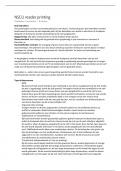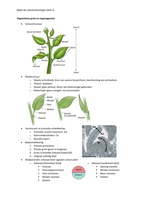Samenvatting
Sensation & Perception chapter 8-15 summary
This is a summary of the chapters 8 - 15 of the book sensation and perception. This is all the material you need to learn for the second exam of the course Sensation & Perception at Utrecht University.
[Meer zien]














